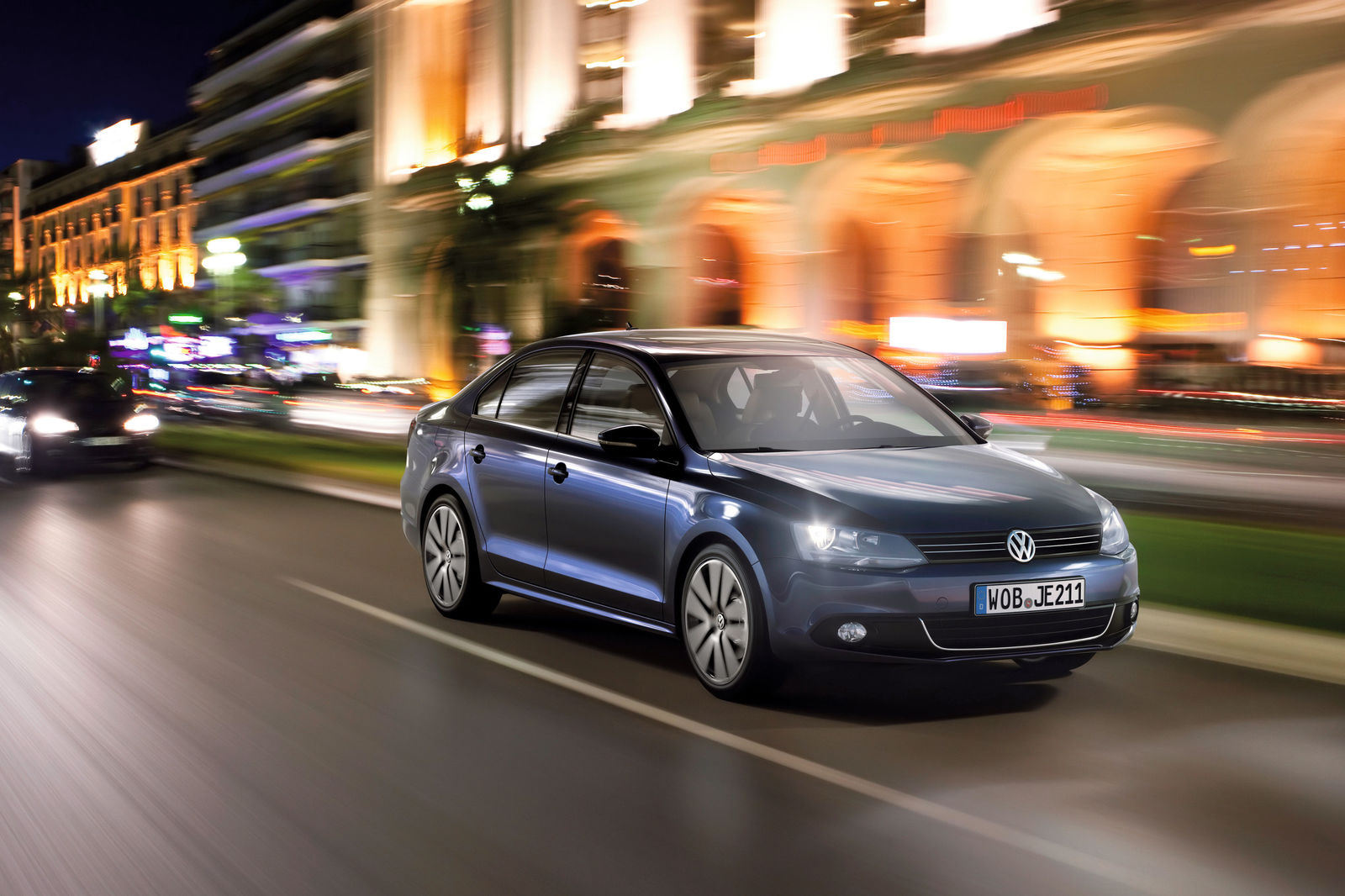Notchback and hatchback – two vehicle concepts, two design approaches, two types of automotive taste. The two car versions appeal to completely different markets, depending on class and region. Consider the USA: There vehicles with notchbacks – i.e. the classic saloon style – are not only the favourites in the automotive luxury class; even in the compact class they attain a respectable market share of 37.7 percent. A similar situation exists in countries like China or Turkey. The Volkswagen Jetta is a bestseller in all of these regions, and it has sold in the millions globally. Germany, however, is an example of how certain markets follow their own rules: the hatchback is more popular there with a considerable market share of 46.7 percent in the compact and lower medium class (A-Segment). Just like in France and Italy. In these countries, the Golf is a star whose sales are measured in millions of units. In classes above the compacts, however, saloons gain in significance. High mileage business drivers as well as private customers - from Scandinavia to Mediterranean countries - like the saloon from the medium class upwards, especially when styling and technology are of a sporty nature and quality is high. In Western Europe, saloons attain a share of about 20 percent within this B segment, and the trend is rising.
That is why Volkswagen gave the Jetta a new size, a new concept and a new design. From a purely objective perspective, it is positioned exactly between the A and B segments at a length of 4.64 metres. Based on its attractive base price of 20,900 euros (Germany), it continues to win over drivers of compact saloons, but at the same time it appeals to a new clientele that drives – or would like to drive – a larger and higher end saloon.
New Jetta fills range between Golf and Passat
So, with the larger Jetta Volkswagen has differentiated the range of compact and mid-class cars with greater precision. It better fills the space between the brand's mega-sellers, the Golf and the Passat. It is also the ideal choice for car drivers who prefer the dynamic styling of a practical sport saloon and expect the highest levels of comfort, safety and quality. Until now, the only choices for these car drivers were vehicles costing thousands of euros more. In the Jetta, they can now find an alternative that German carmakers have not offered so far in this price class. In Western Europe, the first generations of the Jetta had simply been considered notchback derivatives of the Golf. That is now a thing of the past. Because the new Jetta has fully separated itself from the Golf.
Low cost of ownership
In addition, the new Jetta is also one of the most economical vehicles of its class in terms of operating costs. Its positive economical traits add up to a convincing bottom line that is hard to beat.
Consider the Jetta 1.2 TSI Trendline with 77 kW / 105 PS and BlueMotion Technology: Given a fuel consumption of just 5.3 l/100 km, favourable insurance rates (German classes: liability 17, full comprehensive 16, part comprehensive 18) and low costs for motor vehicle tax, maintenance and repair of parts subject to wear, this car attains the lowest Cost of Ownership (CoO) in the immediate competitive field.
Also contributing to low running costs are the Jetta's long service intervals. Aside from scheduled service (oil changes), the interval between regularly scheduled maintenance may be as much as 60,000 kilometres depending on driving style and driving region (at the latest every two years). And this saves on cash too.
Notes:
TDI, TSI, DSG and Twincharger are registered trademarks of Volkswagen AG or other companies of the Volkswagen Group in Germany and other countries.
Features, technical data and prices apply to models offered in Germany. They may differ in other countries.

